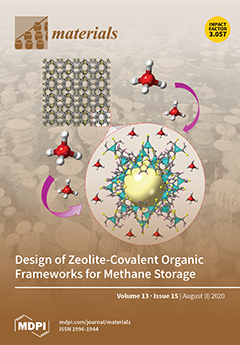This research aimed at exploring the effects of a mixture of sodium hydroxide (NaOH) and potassium hydroxide (KOH) activators in a sugar cane bagasse ash (SCBA)-based geopolymer cement paste. Bagasse ash replacement was 20% of cement by weight. The mixture of NaOH and KOH comprised 4, 8, and 12 M solutions with mixing percentages of 0%, 20%, 40%, 60%, 80%, and 100% for all possible combinations. A pH test was performed on each possible combination of solutions. A Chapelle’s test, XRD, X-ray fluorescence (XRF), and SEM analysis were used to check whether the SCBA exhibited pozzolanic reactivity. Subsequently, the SCBA geopolymer cement paste was tested for compressive strength, water absorption, permeable porosity, and sorptivity. It was estimated that the geopolymer cement paste exhibited higher absorption and sorptivity values than control mixtures when molarity increased. However, the samples prepared with combinations of the 8 M activator solution exhibited consistent absorption, sorptivity, and compressive strength values when compared to the control and other geopolymer mixtures with 4 and 12 M activator solutions. Thus, the two activator solutions G8N
408K
60 and G8N
208K
80—where GxN
ayK
b represents the geopolymer concrete sample prepared by adding solutions of two bases, i.e., ‘xN
ayK
b’ showing an ‘a’ percentage of ‘x’ molar NaOH and a ‘b’ percentage of ‘y’ molar KOH—were obtained as the optimum molar ratio of the activator in geopolymer concrete. The geopolymer cement pastes, along with the optimum and control samples, were further tested for concrete durability, SEM, and TGA tests. The G8N
208K
80 sample exhibited a better mechanical and durability performance than the G8N
408K
60 sample. The durability performance of the geopolymer concrete was also superior to ordinary concrete. Moreover, the geopolymer concrete achieved a 21% reduction in global warming potential compared to the control mixture. Thus, it can be concluded that the use of SCBA in geopolymer concrete can address the ash disposal and CO
2 emission problems with enhanced durability.
Full article






